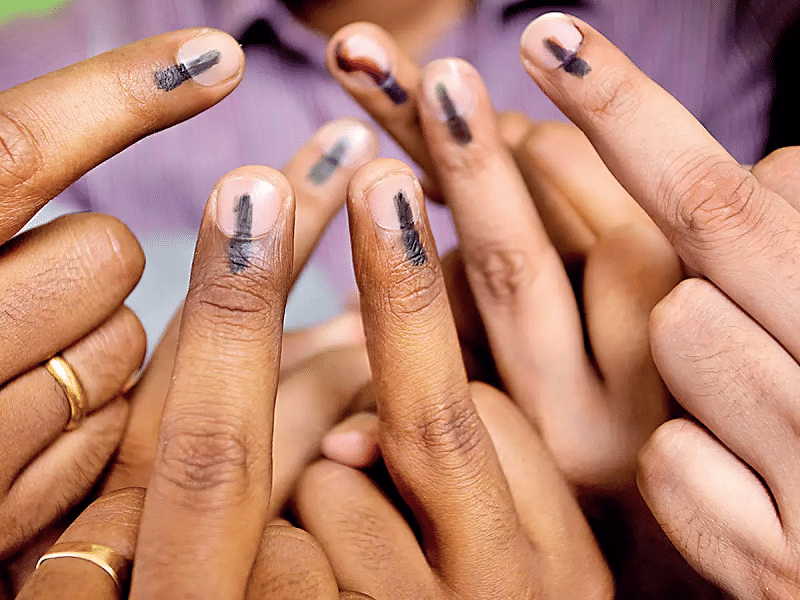In recent times, the idea of “One Nation, One Election” has gained considerable attention in India’s political discourse. This proposal aims to synchronize the electoral cycle of the country by holding simultaneous elections for the Lok Sabha (the national parliament) and all state legislative assemblies. This concept, advocated by the central government, is intended to streamline the election process and address several issues tied to the frequent conduct of elections across different states.
What is “One Nation, One Election”?

The concept of “One Nation, One Election” envisions holding national and state elections together. Currently, elections for the Lok Sabha and state assemblies are held at different times depending on when the terms of the assemblies end. As a result, elections are conducted almost every year in some state or the other, leading to a recurring electoral cycle. The idea behind this proposal is to hold elections simultaneously across the country to ensure that they take place only once every five years.
Read More: Surrogate Parents in Bollywood
Benefits of One Nation, One Election

Cost Efficiency: Conducting elections in India is an expensive affair, involving significant expenditure on logistics, security, and administration. Simultaneous elections would reduce the financial burden on the exchequer, saving resources that could be redirected to other areas of development.
- Reduced Administrative Disruption: The constant cycle of elections disrupts administrative functioning. The Model Code of Conduct, which is enforced during elections, restricts the government from announcing new projects or making policy decisions. Simultaneous elections would minimize these interruptions, allowing the government to focus on governance without the frequent halt caused by election-related restrictions.
- Focused Governance: With elections happening every few months, political parties remain in a constant state of campaigning. One Nation, One Election would allow the government to concentrate more on governance for the majority of its term rather than staying in election mode.
- Increased Voter Turnout: Holding both national and state elections together could potentially increase voter turnout, as citizens would be motivated to participate in one consolidated electoral process rather than multiple elections over time.
Challenges and Concerns

Constitutional and Legislative Hurdles: Implementing One Nation, One Election would require significant amendments to the Constitution, particularly concerning the terms of the Lok Sabha and state assemblies. Aligning the election dates would involve dissolving some assemblies prematurely or extending the terms of others, which could face legal and political challenges.
Impact on Regional Issues: There is concern that simultaneous elections could overshadow regional issues in favor of national ones, as voters might be more inclined to vote based on the national party’s agenda rather than focusing on local governance needs.
Logistical Challenges: Conducting elections across a vast and diverse country like India simultaneously presents significant logistical challenges. Coordinating election machinery, ensuring security, and managing voter participation on such a large scale would require careful planning and execution.

Read More: Trend of moonlighting in IT sector and the modern workplace
The idea of One Nation, One Election offers several potential benefits, including cost savings, administrative efficiency, and reduced political distraction. However, it also presents significant constitutional, political, and logistical challenges that need to be addressed before it can be implemented. The debate surrounding this proposal continues, with discussions on how best to balance governance needs with the practicalities of conducting elections in a diverse and large democracy like India.